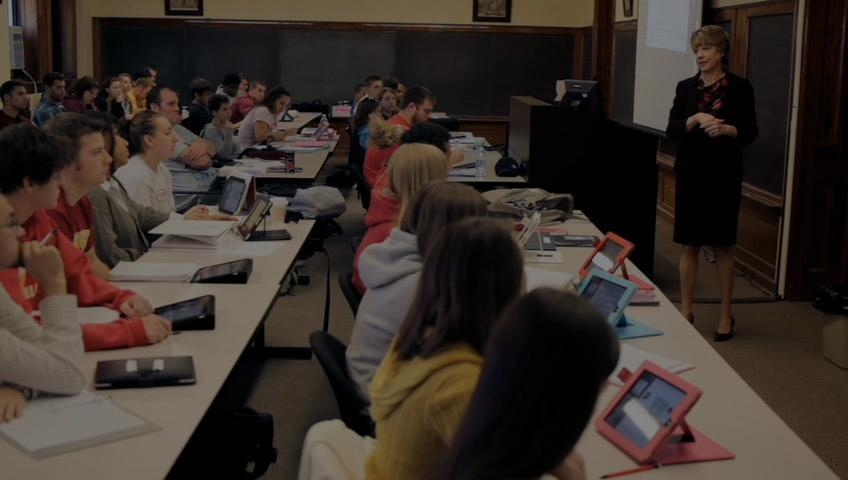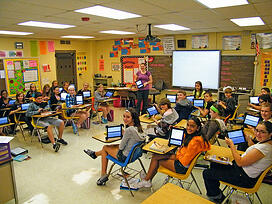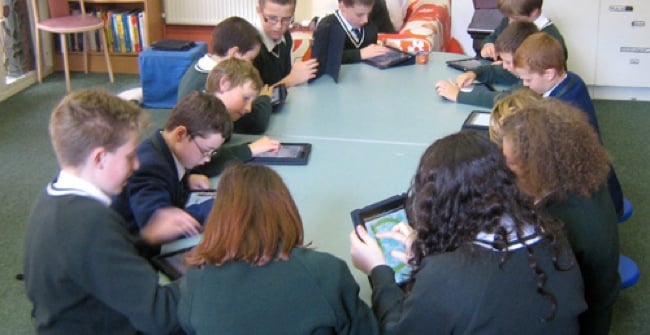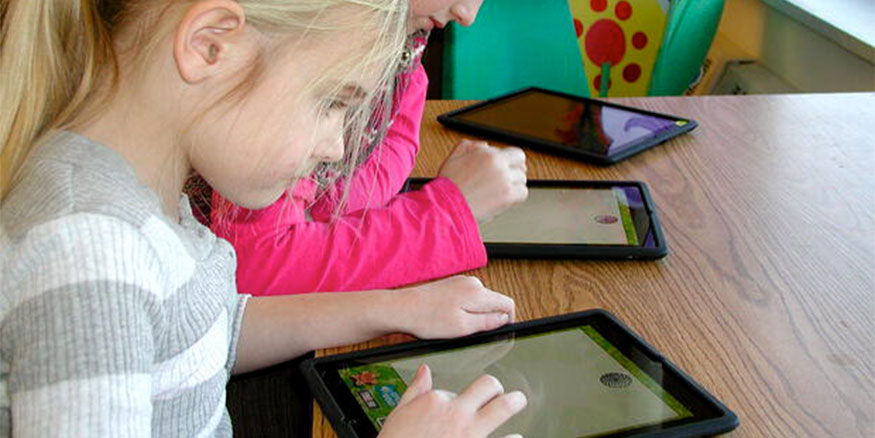
 The internet and social media were created for us to easily connect. Mobile devices allow us to connect quickly to people and information like never before. The result has left our minds constantly having to react to all the streaming live data and observe and interpret it as quickly as the next data stream comes. So, in this era that is dominated by constant information and a new way to be social, wouldn’t it naturally make sense that we would change the way we interact with our students? They are, after all, at the center of this cultural shift.
The internet and social media were created for us to easily connect. Mobile devices allow us to connect quickly to people and information like never before. The result has left our minds constantly having to react to all the streaming live data and observe and interpret it as quickly as the next data stream comes. So, in this era that is dominated by constant information and a new way to be social, wouldn’t it naturally make sense that we would change the way we interact with our students? They are, after all, at the center of this cultural shift.
Teachers and professors are now forced to teach in a way that is innovative and allows the student to think independently. Students should be able to respond to the data introduced to them as quickly and responsively as their short attention span allows. Since our brains are shifting to the way we respond to data as a whole, it is only natural that teachers and administrators shift the way they provide data in the classroom. Kids are exploring iPads when they are in diapers. Many are masters at the iPads by kindergarten. So how do we build an engaging environment for today’s students?
Allow and Encourage Students to Share Work Socially
Here’s a great example: Anna Divinsky at Penn State University created an iTunesU class called Art 10: Introduction to Visual Studies. The class was then adapted into a huge open online course where students were responsible for evaluating each other’s work for each class assignment. Student’s varied how they shared their work, some choosing Flickr and tagged their artwork others hashtagging their art on Twitter. Some posted to Facebook and keep posting even though the class is over and has been for some time. Anna understood the language needing to be spoken to reach her audience was the language they use to speak to one another outside of class. This is the mindset we need to have as we educate and work in student’s lives to make a difference.
Have Students Keep a Blog
Ted Magner, a professor at NYU teaching The Business of Media made his students keep a “trends” blog to keep up student activity and keep them reading relevant articles every day. It also kept the students continually familiar with hyperlinks, image embeds and the ability to cite sources digitally. They were able to find their voices as writers but in a digital age where they could create their own digital presence. This is invaluable to teach to students as they learn to understand the importance of a digital presence for their future careers.
Use Hashtags to Facilitate Discussions
People today are using Twitter as their #1 source for finding news. If educators allowed students to live tweet some classroom discussions and hashtag the school and class or tweet questions to the instructor during classroom time, this could prove invaluable to the way students understand the information being given. A journalism class at NYU invited some prominent journalists to come speak. The 200+ students were encouraged to live-tweet the interview and hashtag the specific class. The hashtag ended up becoming a trending topic in the city because they were so frequent and there were so many. Students then had to turn in a summary based on all their classmates’ tweets.
Social media, mobile learning, wireless technology in the classroom, all of this is the future of education. Students actually enjoy learning and are engaged when they get to use mobile devices like smartphones and iPads in the classroom. If your school is ready to implement a program for all this great new wireless technology in the classroom, we can help you out. We have worked with schools all over the United States prepare for the future of education, and are always more than happy to answer any of your questions. Just contact us here. Good luck!






